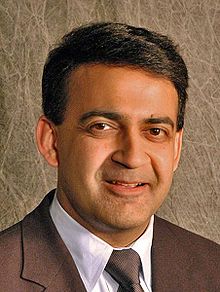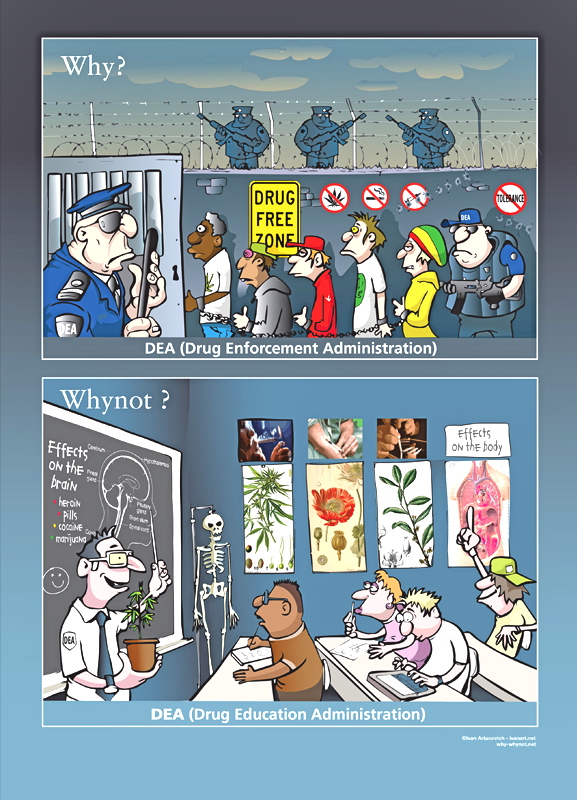December 15 2016 Below is an exchange with the Medical Board of California’s Executive Director, Kimberly Kirchmeyer.
FG to KK 12/14:
This is to request that you forward to all board members the exchange published in JAMA today between the Society of Cannabis Clinicians (Hergenrather et al) and the Federation of State Medical Boards (Chaudhry).
A few questions: Who has joined Dr. Krauss on the MBC’s marijuana task force? Has that task force met or done anything O’Shaughnessy’s readers (California physicians and knowledgable patients) would be interested in? Will they be reporting to the board at the upcoming meeting in Sacramento? When, if at all, will the MBC discuss the policy changes being pushed by the FSMB?
Best for the holidays, Fred Gardner, managing editor, O’Shaughnessy’s
KK to FG 12/14:
Thank you for your email. I am happy to forward on the exchange in JAMA. Could you please forward the link to the article or a copy of the article so I can send it to the Board Members.
The Marijuana Task Force is made up of Howard Krauss M.D. and Kristina Lawson. The Task Force will be having a meeting with staff next week to discuss a future interested parties meeting, tentatively set for the first or second week of February, 2017. Since an interested parties meeting won’t be held prior to the January Board Meeting, there will not be a report other than informing the Members of the upcoming interested parties meeting.
At the future Task Force meeting, the Members will be reviewing the Board’s current statement on marijuana for medical purposes and also the FSMB’s model policy to determine if any changes need to be made. At this meeting there will be opportunity for all parties in attendance to provide input too.
If you need any other information, please let me know. Again, please forward the aforementioned article so it can be sent to the Members.
Sincerely, Kimberly Kirchmeyer, Executive Director, Medical Board of California
FG to KK 12/15
Here’s the link —and a note about it that I sent to the SCC docs yesterday, which I hope you’ll also share with the MBC.
In its December 13 issue the Journal of the American Medical Association published a letter from the Society of Cannabis Clinicians exposing duplicity on the part of the Federation of State Medical Boards —along with a duplicitous reply by FSMB president and CEO Humayon Chaudhry, DO.
The SCC letter was written in response to a “Viewpoint” op-ed by Chaudhry entitled “Medical Board Expectations for Physicians Recommending Marijuana,” published online June 22 and in the print edition of JAMA August 9.
The SCC opposes several key provisions in the “model guidelines” the Federation wants the state medical boards to adopt. These provisions would:
• trigger investigations of cannabis clinicians based on how many patients they approve and how many plants they authorize patients to grow.
• constrain cannabis clinicians from using cannabis as medicine themselves.
• prevent cannabis clinicians from conducting research in concert with dispensaries.
Dr. Chaudhry addressed the last point in his JAMA reply:
“The FSMB model guidelines do not prohibit and are not meant to
impede physician association with dispensaries for research
purposes. The policy states: ‘A physician who recommends
marijuana should not have a professional office located at a
dispensary or cultivation center or receive financial compen-
sation from or hold a financial interest in a dispensary or cul-
tivation center. Nor should the physician be a director, offi-
cer, member, incorporator, agent, employee, or retailer of a
dispensary or cultivation center.'”Which sounds perfectly reasonable. But Chaudhry has brazenly omitted the next sentence: “The physician should not be associated in any way with a dispensary or cultivation center.”
This is a whopping lie of omission. Too bad the editors at JAMA didn’t compare Chaudhry’s 12/13 letter to his 6/22 Viewpoint. He also writes in the 12/13 letter:“Our Viewpoint was not intended as a substitute for the model guidelines, but as a general summary.”
A summary is supposed to make a document more succinct —not to conceal or reverse its meaning.





